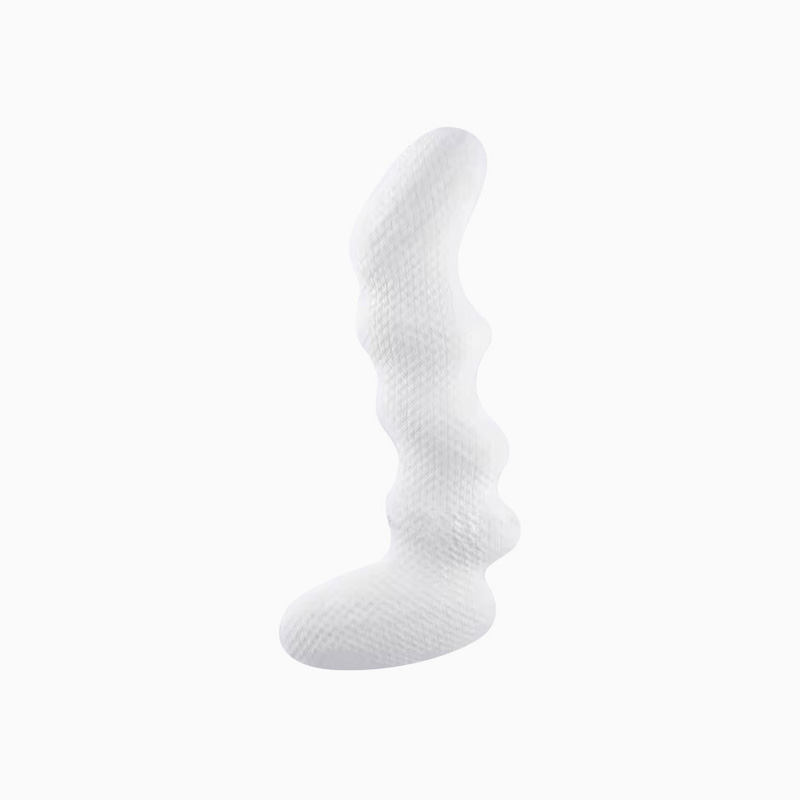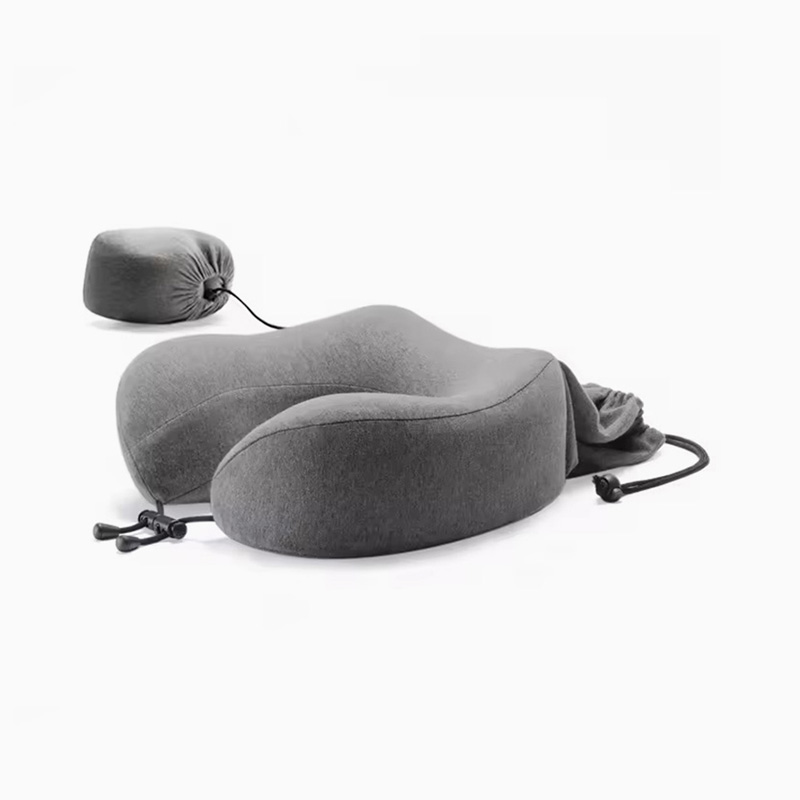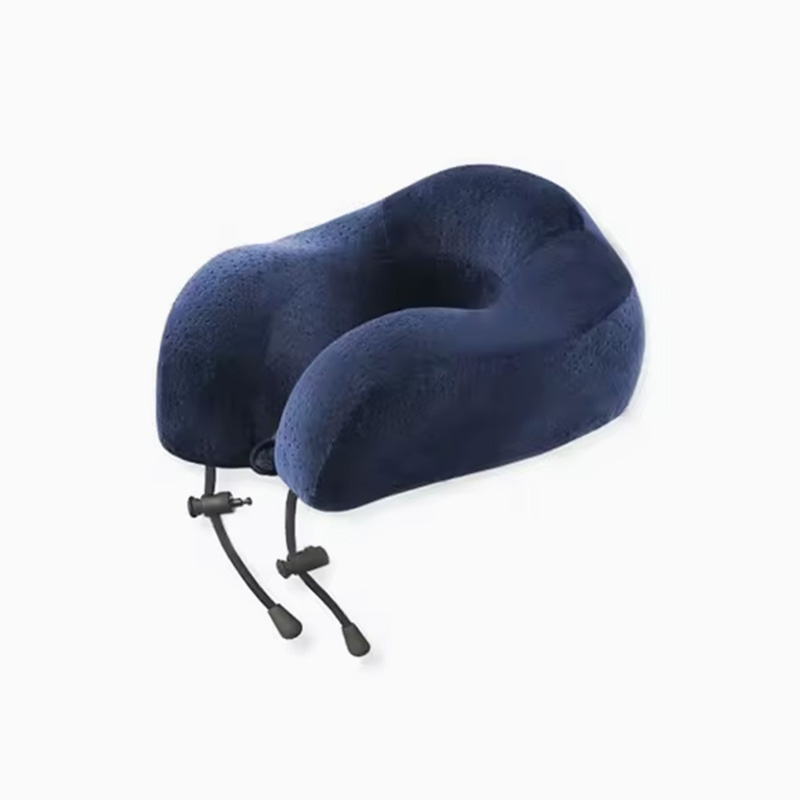How to use memory foam backrest set
From the perspective of mechanical analysis, the slow rebound characteristics of the memory foam backrest show significant advantages in reducing the peak pressure of the lumbar spine. Clinical studies have shown that the use of such products can expand the pressure dispersion range of the lumbar stress point by more than 30%. This mechanism reduces local pressure by expanding the contact area, thereby effectively relieving the pressure on the bony protrusion. This pressure dispersion principle not only conforms to the basic principles of human biomechanics, but also accurately maintains the natural curve of the spine by dynamically adjusting the support force.
In the scenario of long-term sitting and working, the memory foam backrest can respond to the user's posture changes in real time, keeping the lumbar lordosis angle between 25° and 35°, thereby effectively preventing intervertebral disc degeneration caused by bad posture. This product not only provides the necessary support, but also enhances the user's comfort and further improves work efficiency through its unique material properties.
The temperature sensitivity of memory foam is one of its core competitive advantages. When the ambient temperature exceeds 25℃, the molecular chain movement ability of memory foam is enhanced, the surface of the material gradually softens, and the parts in contact with the human body form a precise fit; in a cold environment, the movement of the molecular chain is limited, and the material maintains appropriate hardness to maintain the stability of support. This characteristic enables memory foam to automatically adjust the comfort according to seasonal changes, providing warm support in winter and keeping breathable and dry in summer.
Combined with modern textile technology, the outer cover of the memory foam backrest usually adopts a combination of 3D breathable mesh and ice silk fabric to form a microcirculation ventilation system, which effectively reduces the stuffiness of the back. This design not only improves the user experience, but also enhances the practicality and market competitiveness of the product.
From the perspective of human physiological feedback, the support of the memory foam backrest significantly improves the state of muscle fatigue. By continuously maintaining the natural curvature of the lumbar spine, such products can effectively reduce the isometric contraction load of the waist and back muscles and reduce the accumulation of muscle metabolic waste. Related experiments show that after using the memory foam backrest for 8 hours continuously, the waist muscle fatigue index of the subjects decreased by 28%, and the electromyographic signal showed that the activity intensity of the erector spinae muscles decreased by 15%. This biomechanical optimization not only improves the user's comfort, but also helps prevent the occurrence of chronic low back pain and provides users with a healthy lifestyle.

 English
English عربى
عربى previous post
previous post










